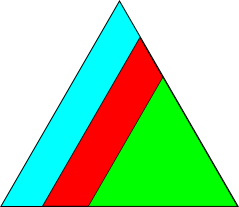Code style#
The code making up orix is formatted closely following the Style Guide for Python Code with The Black Code style and isort to handle module imports.
We use pre-commit to run black and isort
automatically prior to each local commit.
Please install it in your environment:
pre-commit install
Next time you commit some code, your code will be formatted inplace according to the default black configuration.
Note that black won’t format docstrings.
We follow the numpydoc standard (with some exceptions), and
docstrings are checked against this standard when the documentation is built.
Package imports should be structured into three blocks with blank lines between them
(descending order): standard library (like os and typing), third party packages
(like numpy and matplotlib) and finally first party orix imports.
isort will structure the import order in this way by default.
Note that if imports must be sorted in a certain order, for example to avoid recursion,
then isort provides commands that may be
used to prevent sorting.
Comment and docstring lines should preferably be limited to 72 characters (including leading whitespaces).
We use type hints in the function definition without type duplication in the function docstring, for example:
def my_function(arg1: int, arg2: Optional[bool] = None) -> Tuple[float, np.ndarray]:
"""This is a new function.
Parameters
----------
arg1
Explanation about argument 1.
arg2
Explanation about flag argument 2. Default is None.
Returns
-------
values
Explanation about returned values.
"""
When working with classes in orix, often a method argument will require another
instance of the class.
An example of this is orix.vector.Vector3d.dot(), where the first argument to this
function other is another instance of Vector3d.
In this case, to allow for the correct type hinting behaviour, the following import is
required at the top of the file:
from __future__ import annotations
Type hints for various built-in classes are available from the typing module.
np.ndarray should be used for arrays.
